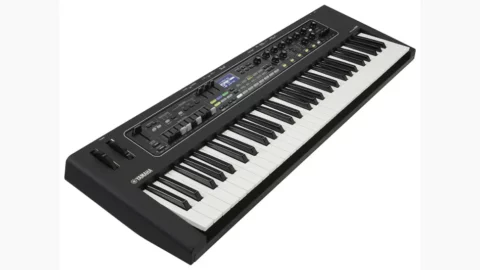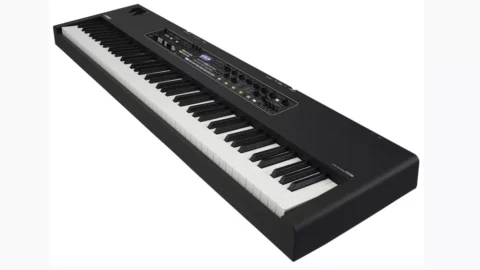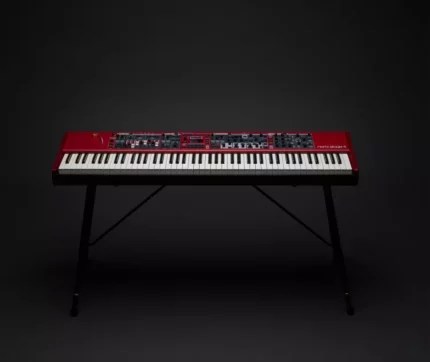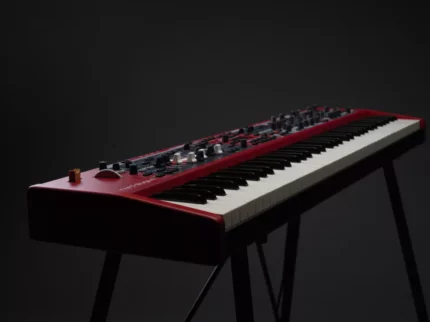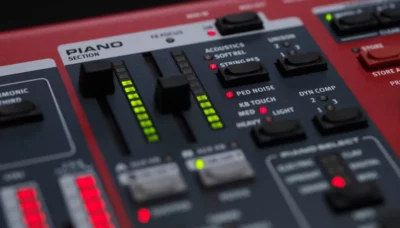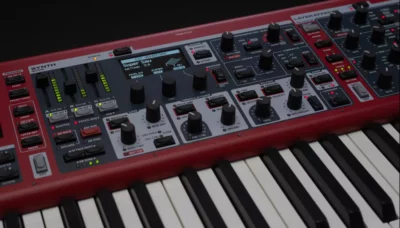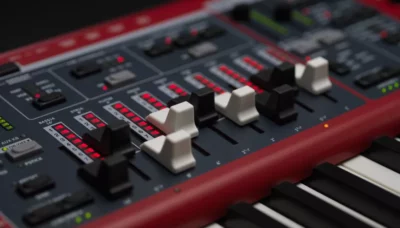Roland Announces GO-KEYS 3 & GO-KEYS 5 Music Creation Keyboards
Fun, Powerful, and Portable Instruments with Engaging Features That Inspire Music Fans to Create Their Own Compositions.
It has been almost seven years since the release of the original GO:KEYS –and also its sister product, the GO:PIANO.
Roland today announces the GO:KEYS 3 and GO:KEYS 5 Music Creation Keyboards, two portable instruments filled with intuitive tools for learning and enjoying music. These fun modern keyboards unlock a simple new approach to making music, encouraging users to explore sounds and ideas in the moment, with no previous experience required. And as skills develop, deeper features allow them to travel as far as their ambition takes them.
The new GO:KEYS 3 and 5 ‘music creation’ keyboards are designed to be played by anyone. They can be played like any other keyboards, if you wish – each model contains more than 1,000 sounds – but there are also a variety of features that provide varying levels of musical assistance.
These include ready-made chord progressions in a variety of styles so that you can play over the top of them, plus the option to create your own. These backing parts can also be ‘remixed’, and you can apply effects.
There are also dynamic accompaniment options that can be controlled with one or two fingers in the left hand as you play chords, melodies and solos with your right; a contemporary twist on the auto-accompaniment features that were found in home keyboards of yesteryear, it seems.
The streamlined GO:KEYS 3 offers a Zen-Core feature set with a touch-sensitive 61-note keyboard and an onboard stereo speaker system. GO:KEYS 5 includes all the primary features of its sibling, plus a speaker system with extended bass response, a mic input with vocal effects, and enhanced audio connectivity.
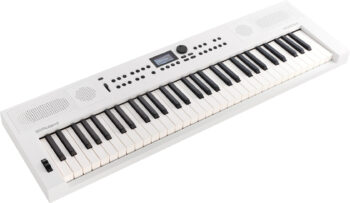
![]()
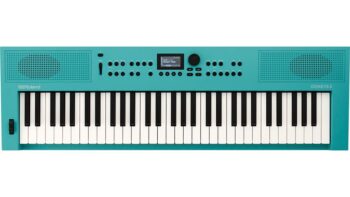
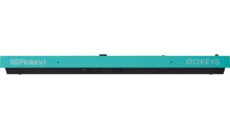
The GO:KEYS 3 and GO:KEYS 5 have velocity-sensitive, 61-note keyboards and built-in speaker systems. They share the same core functionality, but the ‘passive radiator’ speaker system on the 5 promises extended bass response, and this model also comes with a mic input, vocal effects and enhanced audio connectivity.
Both models have Bluetooth support, though – for audio and MIDI – and both are compatible with the Roland Cloud subscription service, which serves as a portal to more sounds and accompaniment styles. There’s support for Roland Cloud Connect as well, a wireless adapter that enables you to browse, audition and download your content via a smartphone or tablet.
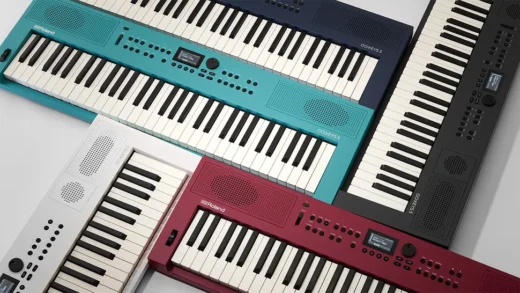
The Roland GO:KEYS 3 is available now in turquoise, dark red and midnight blue colour options, and costs $349.99. The GO:KEYS 5 is offered in graphite and white and costs $499.99. Find out more on the Roland website.
